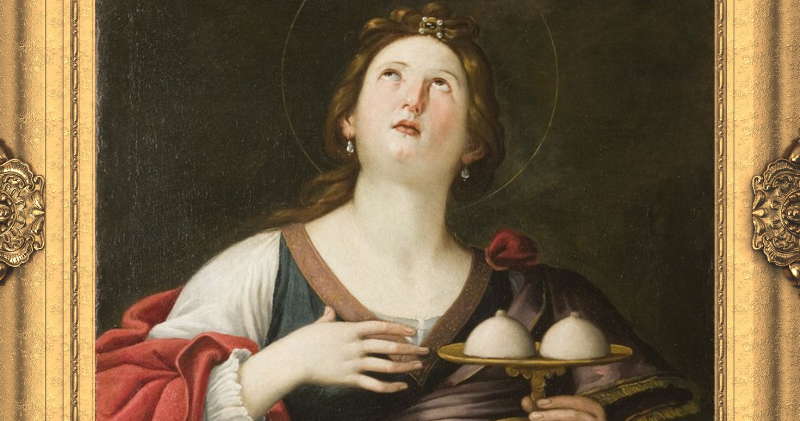Italian Culture
The Suggestive Origins of Italy’s Famous Pastry
Cannoli are probably among Italy’s most famous pastries. They are proudly displayed in almost every Sicilian cafe and pasticceria, honoured on the island’s official website and have been immortalised by the memorable line in the movie ‘The Godfather’ when the character Clemenza famously quips: “Leave the gun, take the cannoli.”
If you have ever looked at a cannolo and notice a resemblance, you wouldn’t be the first.
According to the legend, the treat was created by a harem of women around 1000 AD when the Sicilian city of Caltanissetta was under Arab rule. Wanting to exalt their emir’s masculinity, the women created the treat – a fried, tubular pastry shell made of flour, sugar and butter filled with sweet and creamy ricotta cheese.
Of course, with no written records, this story can’t be proven, however, it does serve to highlight that the notion of suggestive pastries dating back centuries.
According to experts in cultural heritage studies, in the ancient Greek and Roman worlds, the human body was not considered taboo but rather revered as symbols of abundance. During certain festivities in Ancient Greece, for example, people consumed honey and sesame cakes in the shape of half-spheres to celebrate fertility and motherhood. In the ancient world, it was important to have many children, as this meant more hands to cultivate the land and provide for the family.
By the time the Norman conquerors converted Sicily to Catholicism in the 11th century, ancient traditions became mixed with Catholic ones. Winter solstice traditions morphed into Christmas, and the fertility rites merged into Easter.
Similarly, the pre-Lenten celebration of Carnival has its roots in the ancient festival honouring Bacchus, the Roman god of wine and ecstasy. Considered the only time in the year when catholic prudery could be set aside to allow for excess and uninhibited self-expression, cannoli were once again centre stage. Relaxed social etiquette meant men could give the ricotta-filled tubular pastry to women as a hint of their hidden desires.
Like cannoli, another age-old Italian pastry passed down through the ages is known as Minne Di Sant’Agata – ricotta-filled half-spheres, topped with white icing and a candied cherry. This was to honour the chaste St Agatha, a Roman-era martyr punished for refusing the advances of a man.
Great ingredients are fundamental for great pastries. In the case of cannoli and Mine di Sant’Agata, the secret lies in the quality of the ricotta. The best is produced by local shepherds who follow the ancient practice of moving sheep to seasonal grazing areas. The belief is that better foraging leads to better milk, and ultimately, better ricotta.
Sticklers for tradition can still find authentic cannoli in Sicily. However, even in the birthplace of cannoli, flavours and ingredients have changed over time to satisfy modern palates. Around the world, there are many variants, such as rolling the tubes in chocolate and pistachio nuts or filling them with chocolate-flavoured ricotta.
Despite the variants, the structure has remained the same. Despite their origin, Cannolis have endured for over one thousand years it is because this palatable pastry has met the taste of every epoch……….long may it continue to do so!



